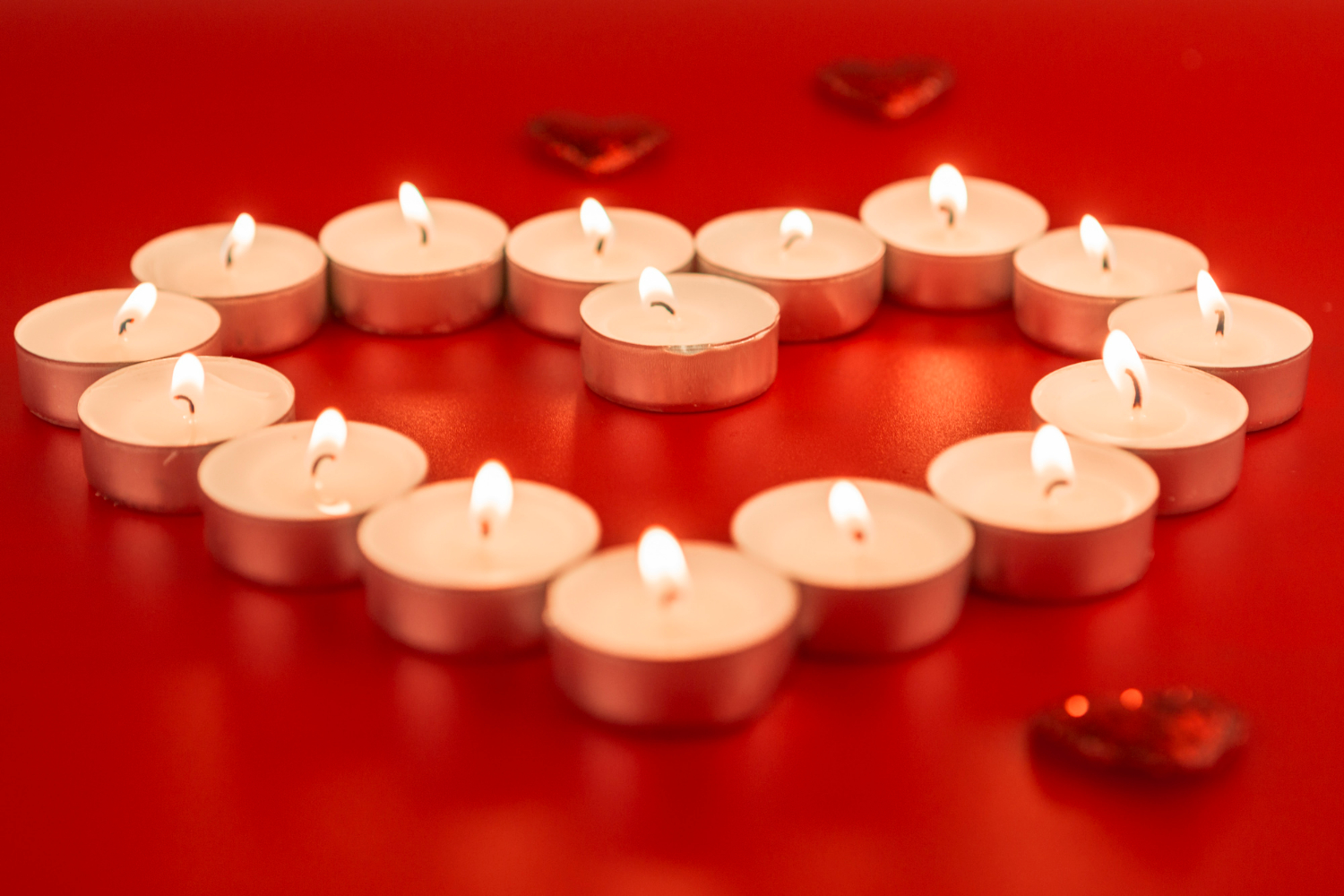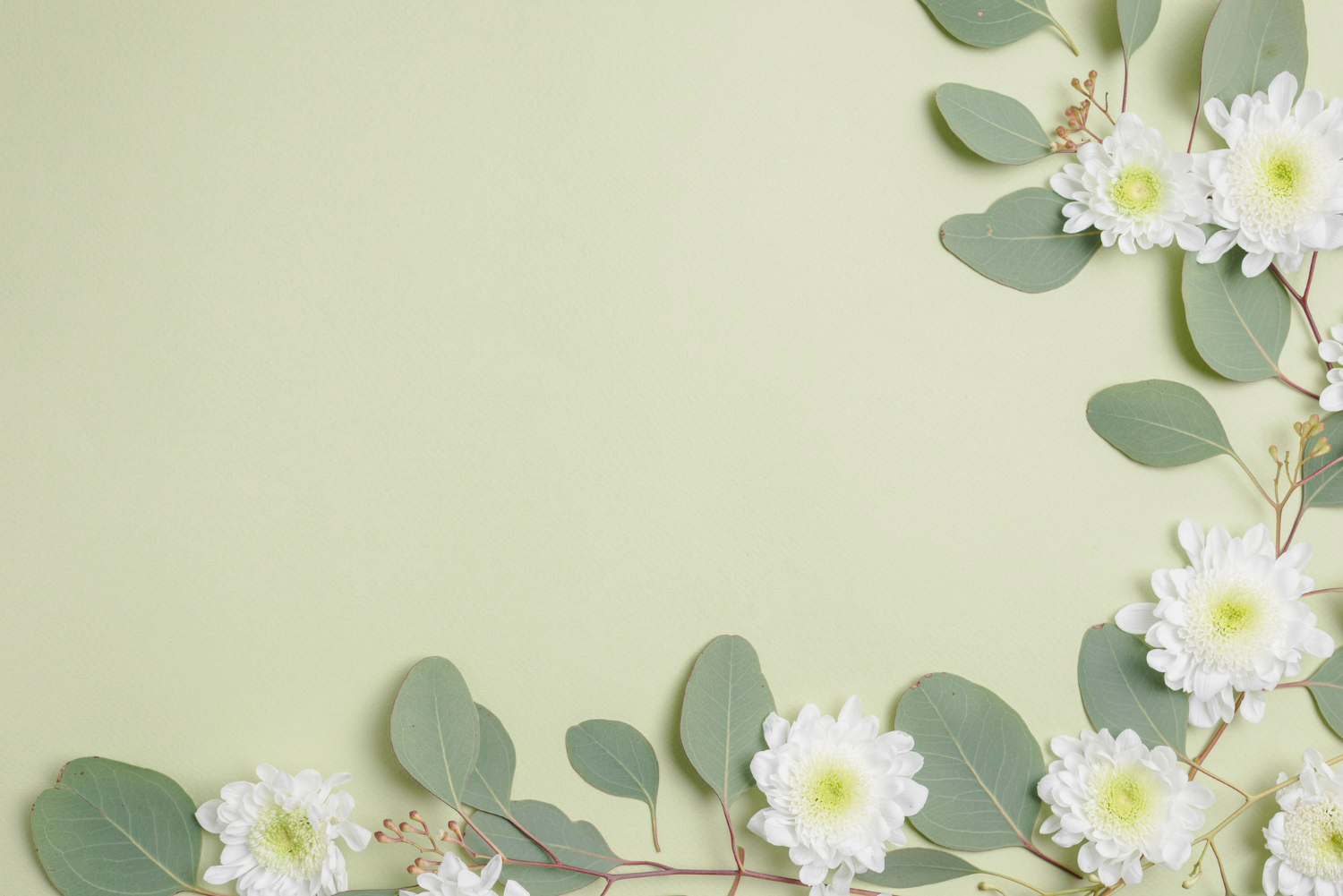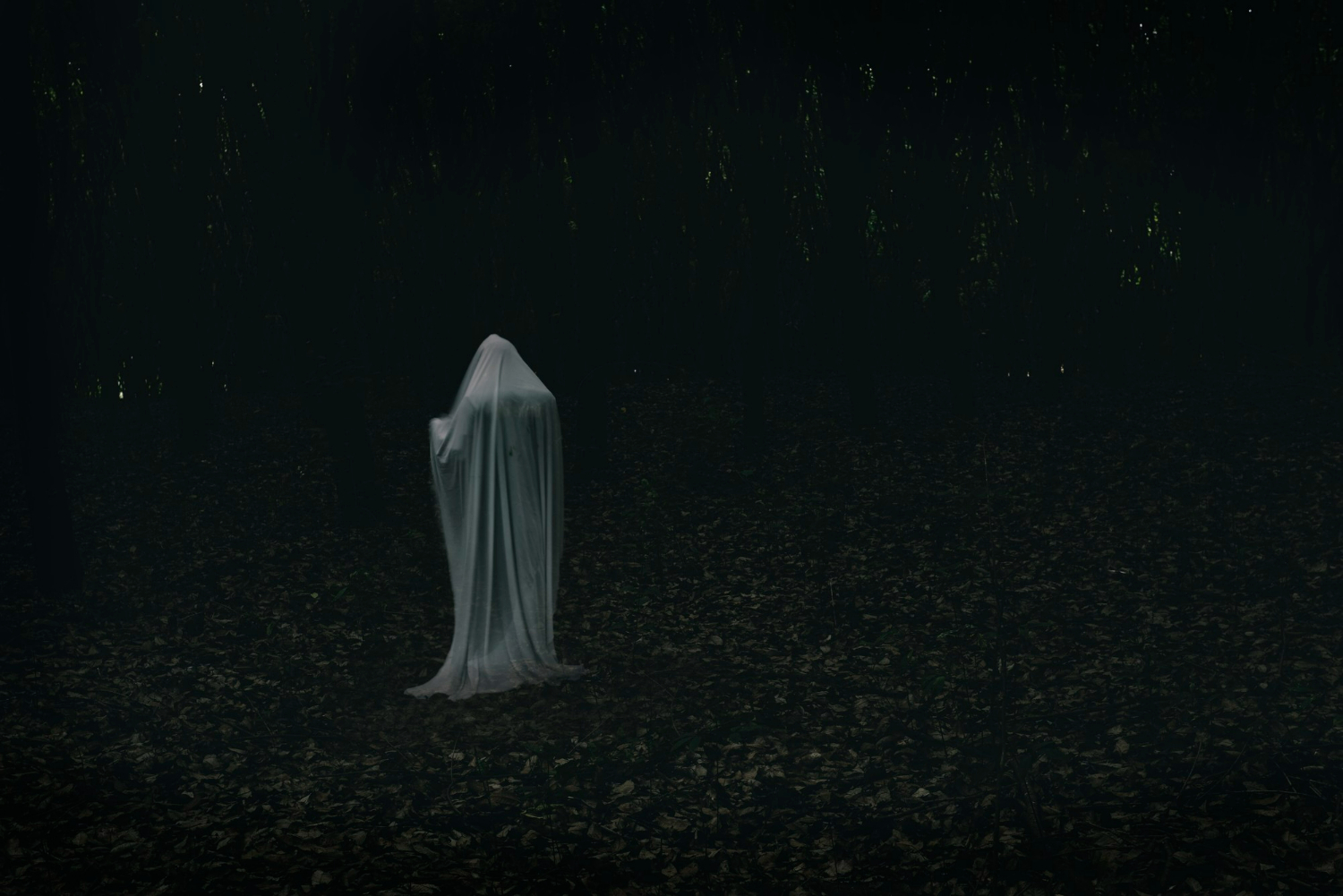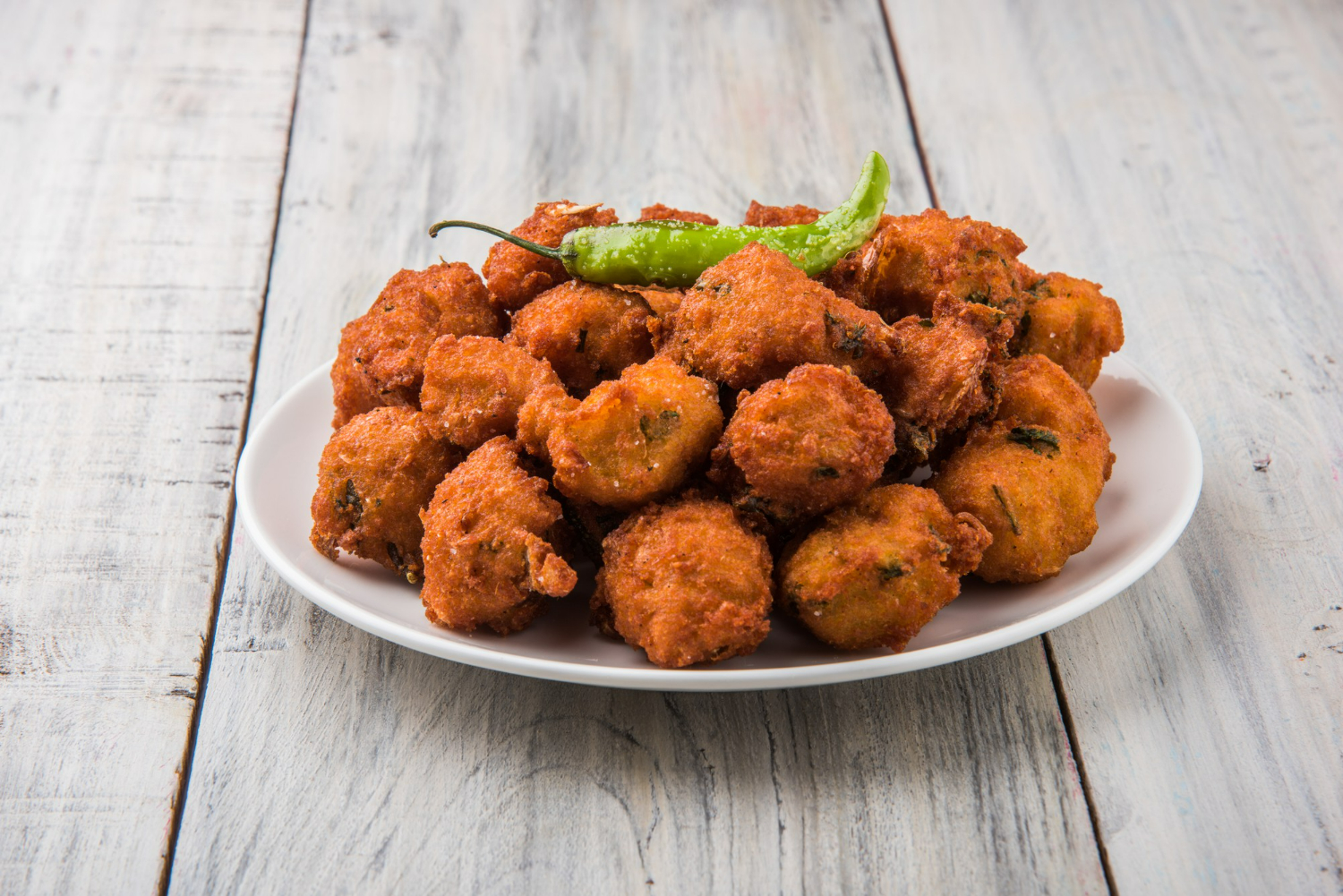Extend Your Car’s Life: A Guide to Keeping Your Vehicle in Top Shape
How can you take the best care of your vehicle? We all care for our bodies, homes, and workplaces. In the same way, taking care of your vehicle is essential for a pleasant driving experience, long-term efficiency, and resale value. By adhering to these crucial guidelines, you can guarantee your four-wheeler’s optimal performance and extended lifespan. Regular Washes It is important not to skip regular car washes, as they are crucial for maintaining the cleanliness and condition of your vehicle. Give your car an auto spa treatment regularly to keep away dust and grime accumulated on the body of the car. Though it may sound trivial, this is the primary and essential step that must be done consistently. You can use a mini vacuum cleaner to clean the vehicle’s interior parts. When you wash your vehicle, use Power Of Protective Wax To avoid the adverse effects of harmful UV rays, bird drops, firm dirt, etc, you can apply a coat of protective wax to the exterior parts of your vehicle. The wax layer seals the stains and gives them an exterior glow and finish. This is a practical method for preventing rust on the vehicle’s exterior. Inspect Tyres Regularly Keep an eye on the tyres for any worn-outs or cuts; if you see anything, immediately replace them with a new one. Incorrect air pressure can cause low efficiency and tyre blowouts. Fluid And Engine Oil The fluids in your vehicle, such as the engine oil, coolant, brake fluid, power steering fluid, transmission fluid, etc., must be checked regularly. To keep the vehicle working properly, replace or refill the fluids whenever you see signs of leakage or low levels. According to the experts, changing the oil in your engine every three months is recommended. Maintenance Of The Parts The vehicle’s internal and external components must be examined and, if required, replaced. Brake pads, belts and hoses, air filters, and windshield wipers must be in good condition. The Car Lights And Mirrors Carefully check the car lights and rearview mirrors for any damage or cracks. A broken mirror or light can reduce visibility. Good visibility is essential to stay safe while driving at night. Park your vehicle in a shaded space to avoid harsh sunlight, or protect your car with a good quality car cover if you park outdoors. Apart from all these, any warning signs displayed on the dashboard must be addressed immediately. You can consult the mechanics or repair it yourself according to their instructions. To keep your automobile running smoothly for as long as possible, keep the inside tidy, and don’t forget to give it lots of tender love and care.









